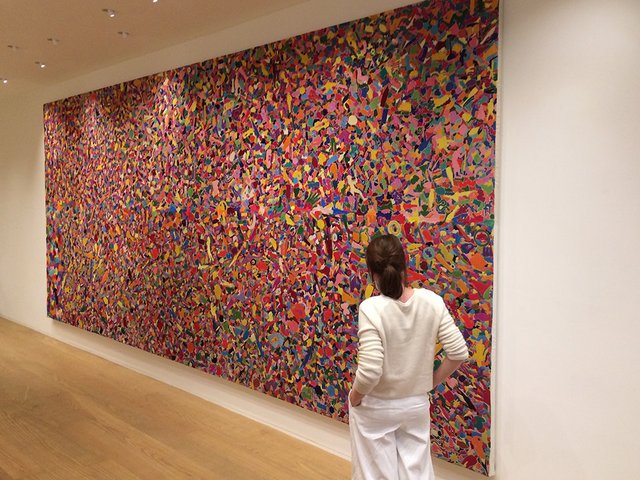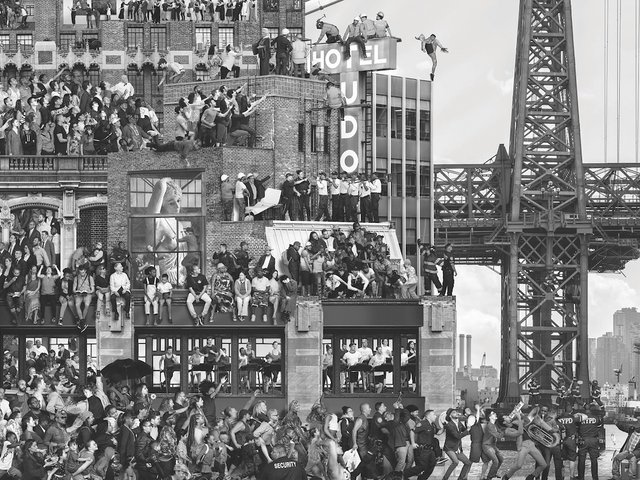A series of programmes titled Pixação + Contemporary Art: From the Periphery to the Center looks at the cultural and artistic value of Brazilian street art. The show profiles the work of a Brazilian tagger from the outskirts of São Paulo named Cripta Djan, who told The Art Newspaper that “distinguishing pixação [the Portuguese word for tagging] from vandalism or fine art is just a matter of taste”. The programme has been supported by Yale University and Emerging Collective, a non-profit initiative that promotes activist artists.
Brazil decriminalised graffiti and street art in 2009 as long as it is done with the consent of the property owner, but tagging is still punishable by law as an act of vandalism. As early as 1999, the government had launched a campaign to differentiate the two with the slogan: “Não pixe, grafite” (Don’t tag, graffiti).
Cripta Djan, whose real name is Djan Ivson da Silva, began tagging in 1996 at the age of 12. His works on canvas were first shown at the Fondation Cartier in Paris in 2009 in a group show titled Born in the Streets, a global survey on the history of street art. Since then, Djan has been featured in various shows in Brazil and abroad. In 2012, he was included in the 7th Berlin Biennale. His works on canvas, which are either made with ink or spray-paint, now average $2,000 a piece.
On 7 February, Yale University hosted a panel that dealt with graffiti and how it relates to the art world, ethics, performance value, and the stratification of class and race. The university also held a screening of the feature-length film Pixadores, which was directed by Amir Arsames Escandari and produced in 2014. The film depicts the highs and lows that followed the artist’s newfound acclaim after his inclusion in the Berlin Biennale.
Meanwhile, an exhibition at Exhibit C in New York (until 17 February) features ten works made with ink on paper shown for the first time. It also includes a multi-film installation that depicts Djan tagging various mediums around the world, from paper to the side of a high-rise building in São Paulo. “What I do on the streets is for the streets”, says Djan, “and, what I do for the art world is a symbolic language that represents that.”




